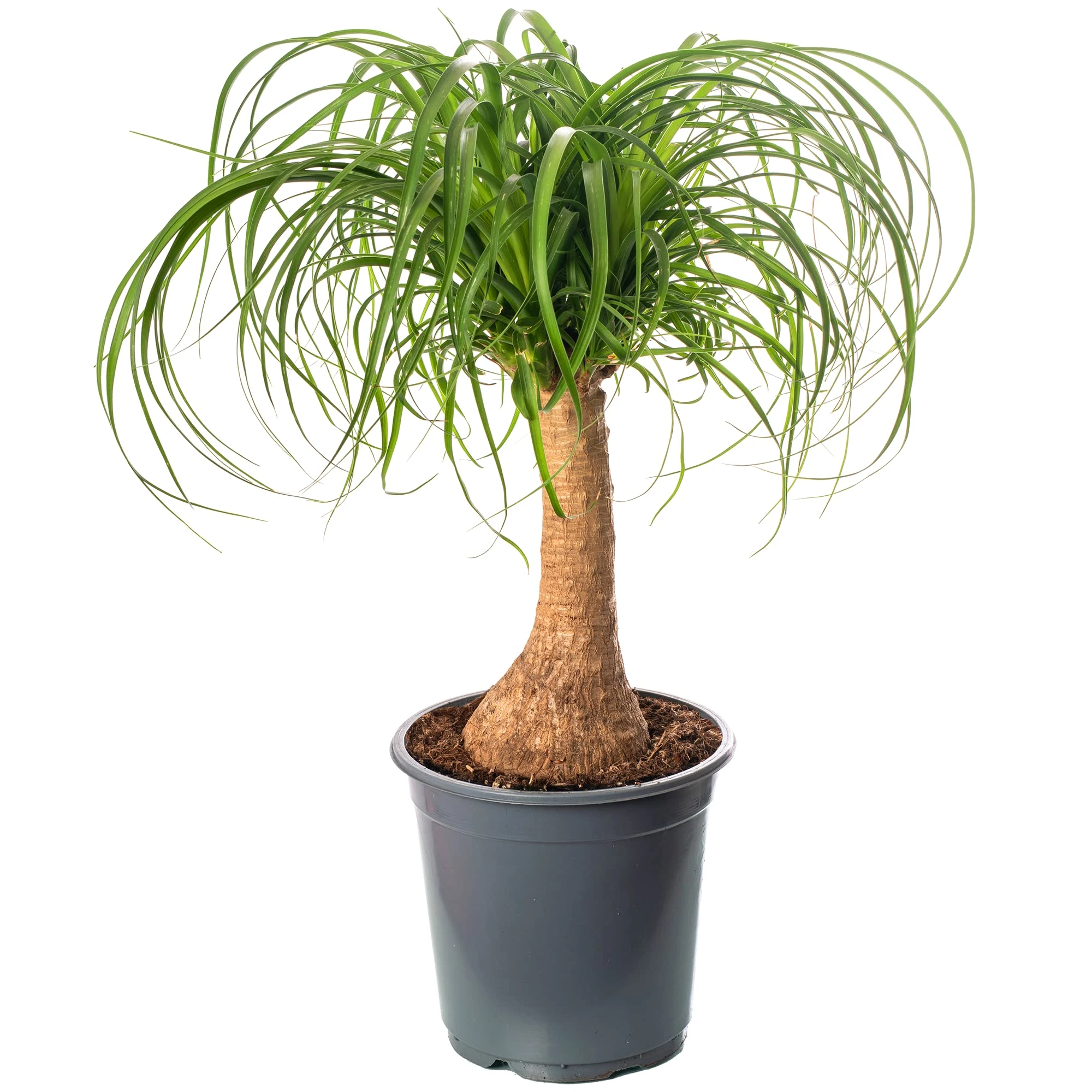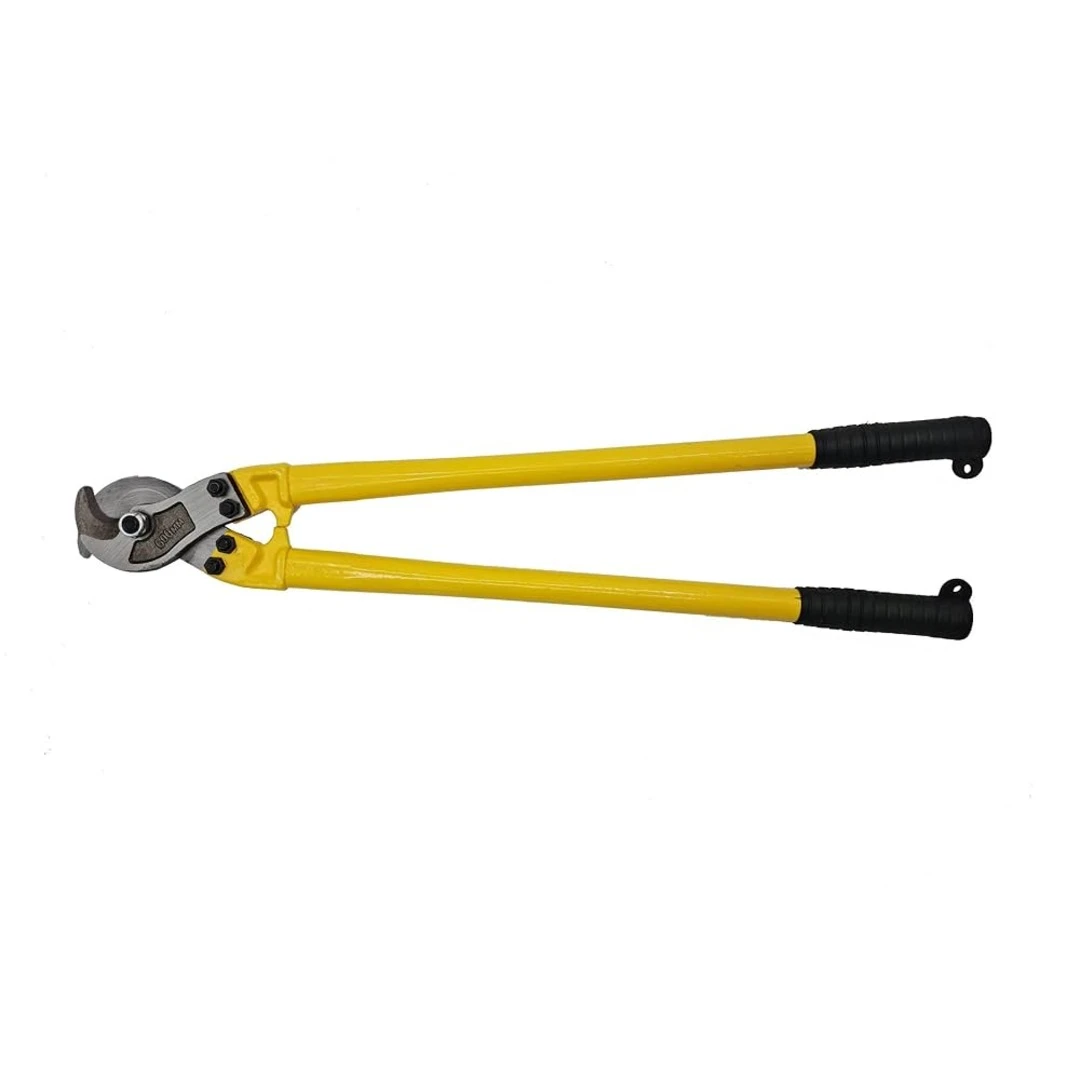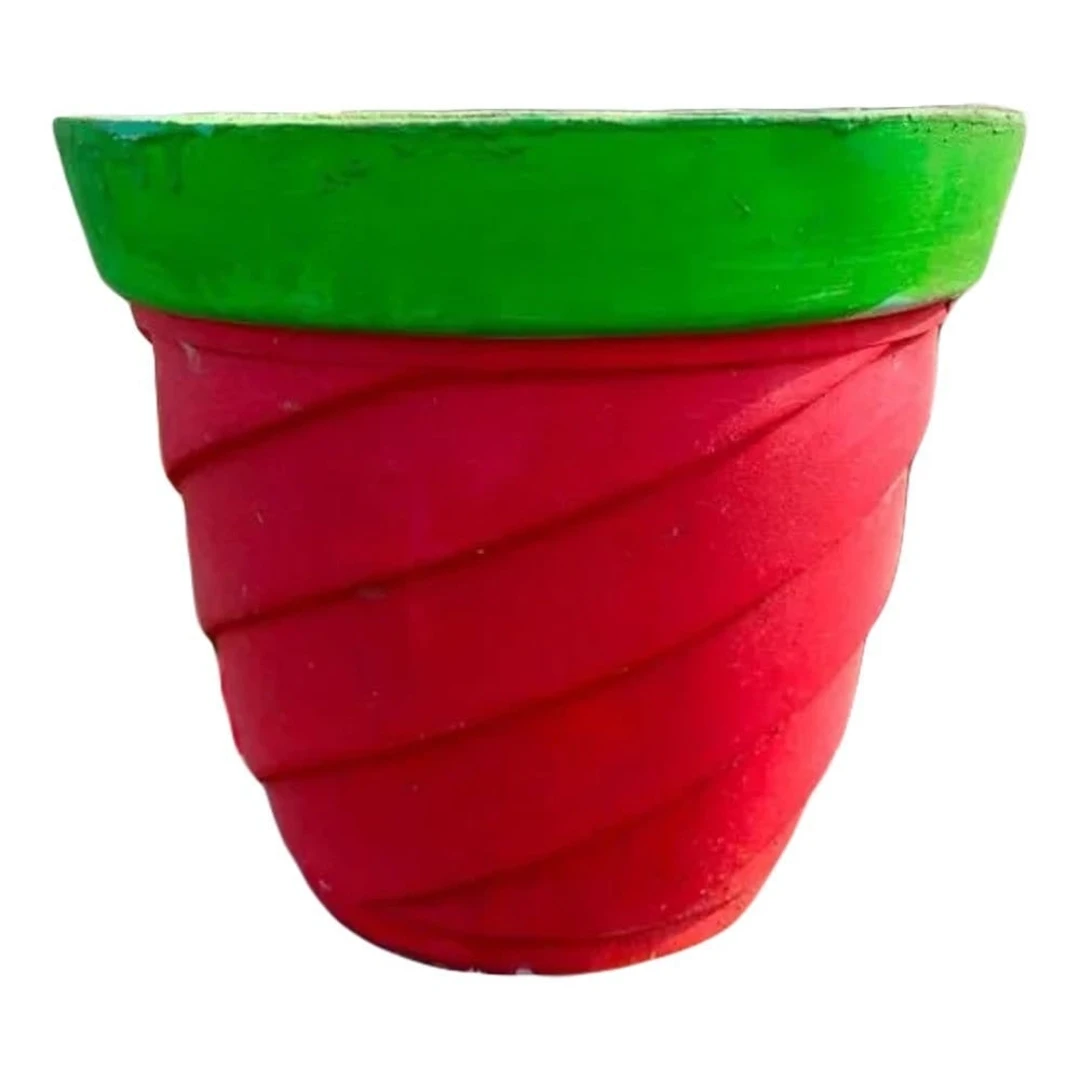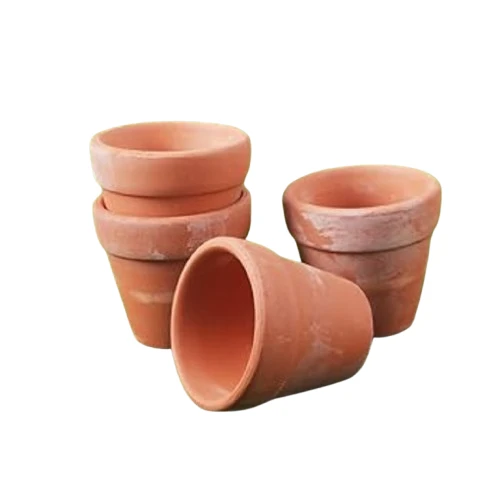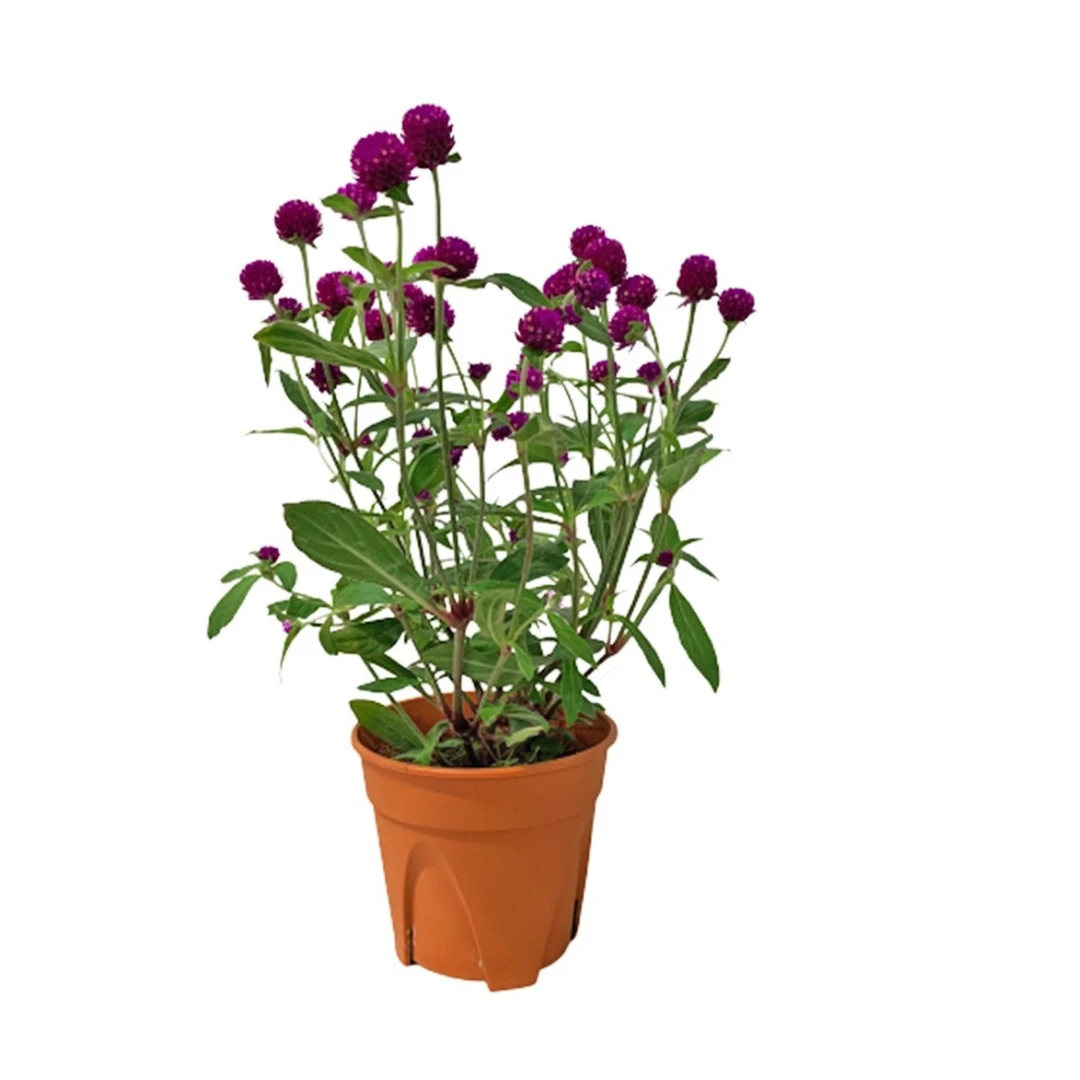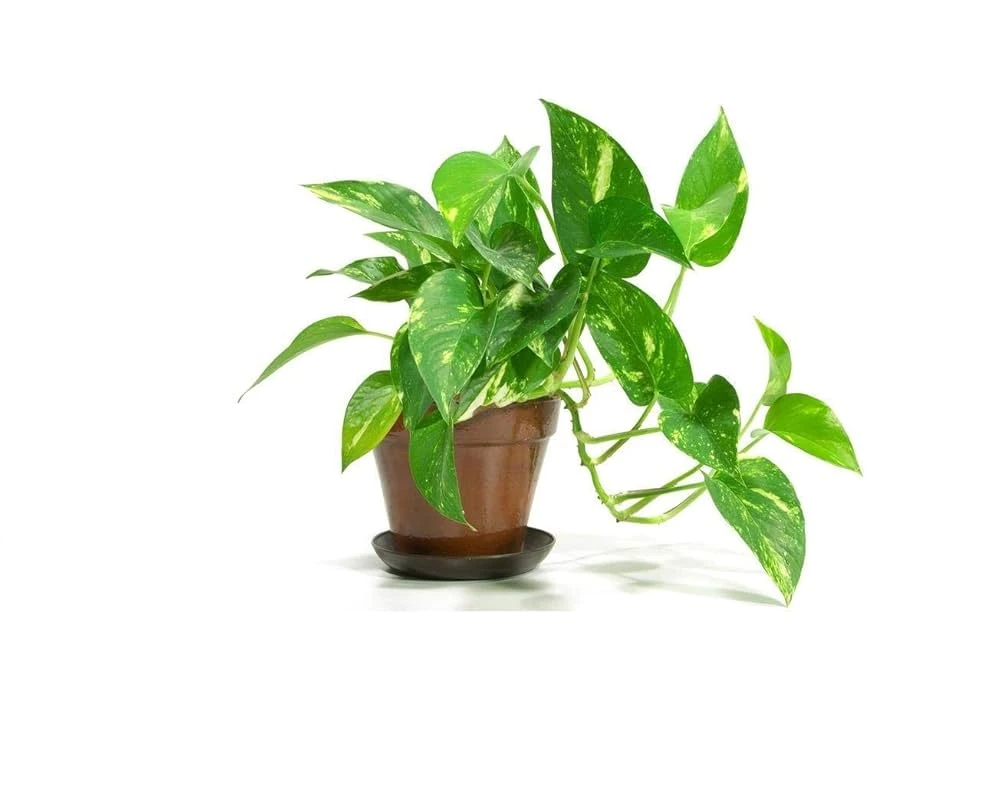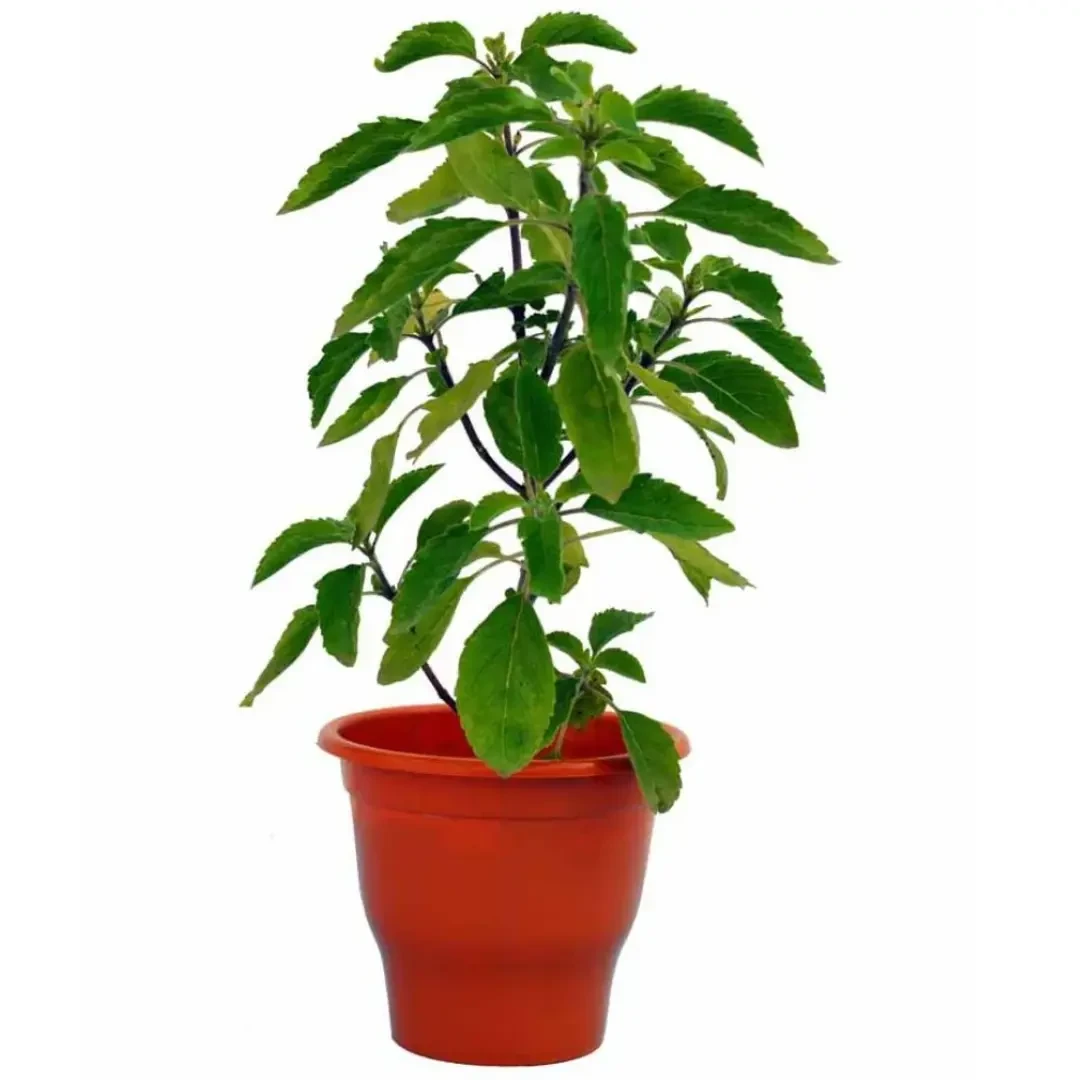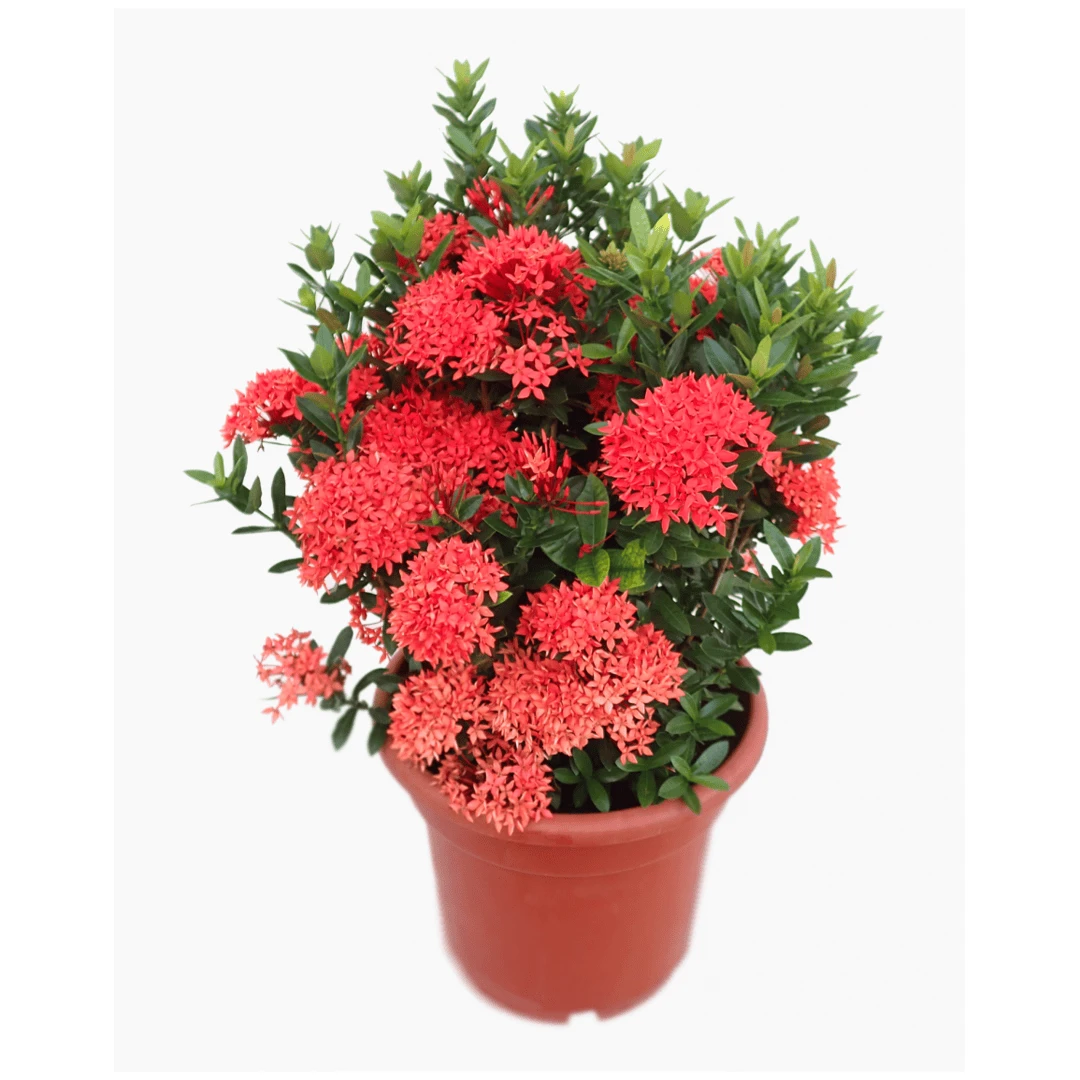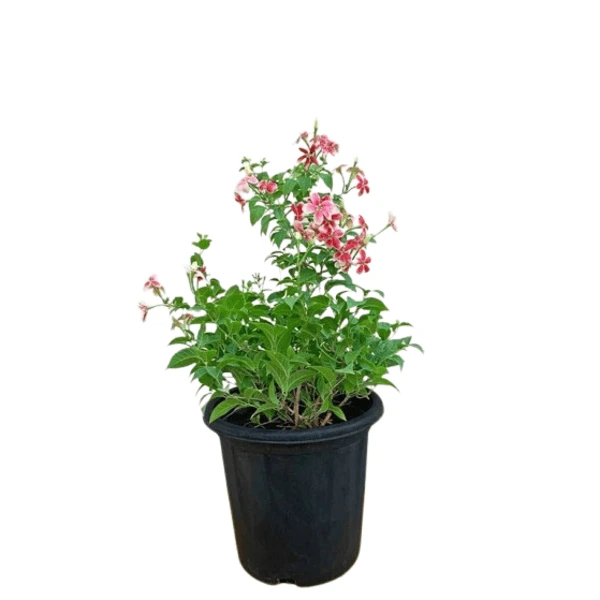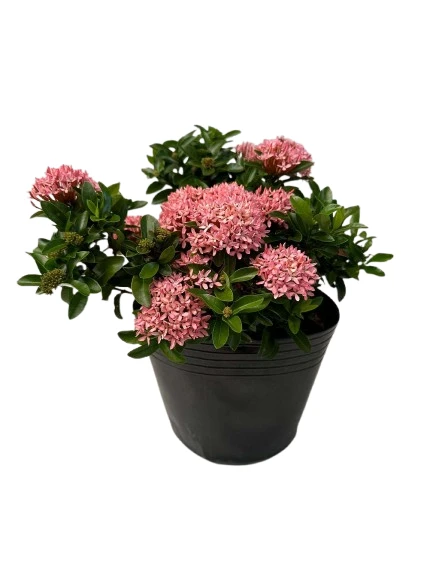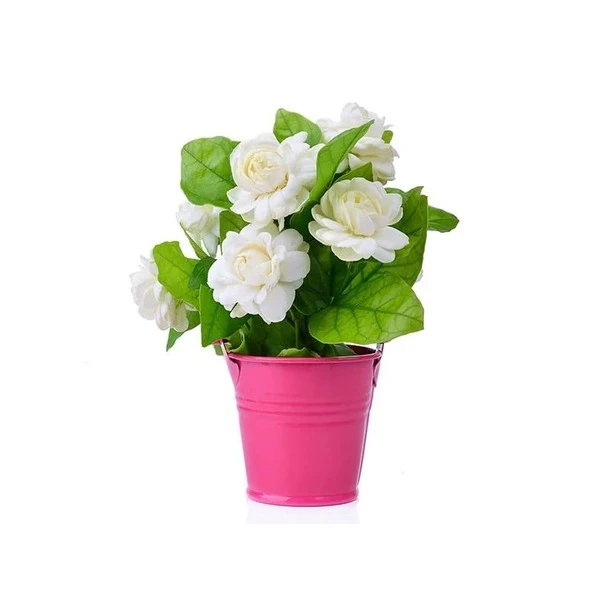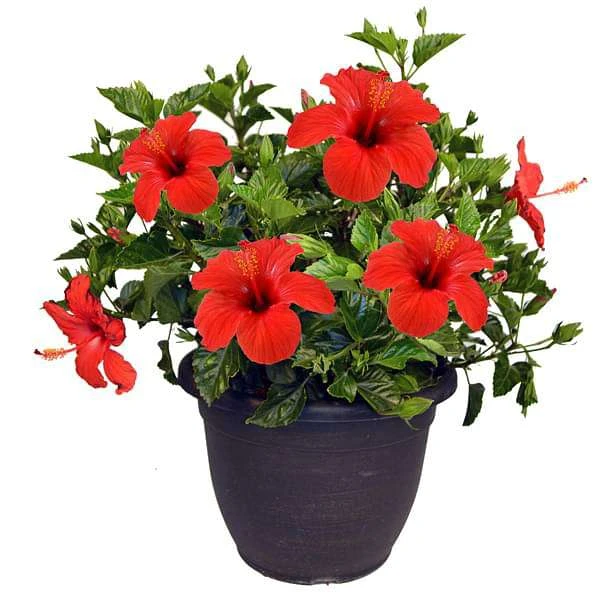Nolina plants, also known as bear grass or ponytail palms, are perennial plants with unique features. They can grow as tufts of leaves or develop a woody trunk, resembling a small tree. These plants are native to North America and Mexico, and they are known for their easy care and ability to store water in their bulbous trunks.
Here's a more detailed description:
Appearance:
Trunk:
Many Nolina species develop a thick, woody trunk that can store water, giving them a distinctive appearance.
Leaves:
They have long, linear leaves that grow in rosettes, often with narrow, serrated edges.
Flowers:
The flowers are typically small, white, and arranged in branched inflorescences, which can grow quite tall.
Growth Habits:
Slow-growing:
Nolina plants are generally slow-growing, making them a good choice for those who prefer low-maintenance houseplants.
Drought-tolerant:
Their ability to store water in their trunks allows them to tolerate dry conditions.
Colonies:
Some species form colonies, with multiple rosettes growing from a single root system.
Examples:
Nolina recurvata (Ponytail Palm): A popular houseplant known for its bulbous trunk and ponytail-like leaves.
Nolina beldingii (Cape Nolina): A larger species with a woody trunk and leaves that were traditionally used by Native Americans for thatching, according to Wikipedia.
Nolina microcarpa (Beargrass): A smaller species that grows in clumps and has narrow, grass-like leaves, according to Wikipedia.
Other Notable Features:
Air purification:
Some Nolina species are known to help purify the air, making them a beneficial addition to indoor spaces.
Low maintenance:
They are relatively easy to care for, needing bright, indirect light and infrequent watering.



